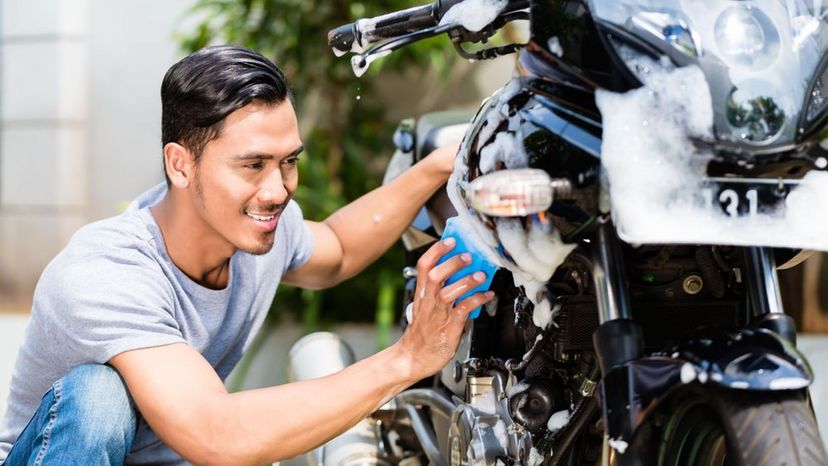
About This Quiz
So, you bought a motorcycle. Do you know how to maintain it? Take this quiz to find out if you know everything you need to know to maintain your bike.
Motorcycle enthusiasts come in multiple kinds, from those who ride for fun to those who are deeply immersed in the culture. No matter your reason for riding, you'll need to know the basics of motorcycle maintenance to ensure that you don't end up sitting on the side of the road one night waiting for your friend to load your bike into the bed of his pickup truck because you blew your engine... hey, it happens.Â
Just like basic automobile maintenance, the smart rider needs to know a few basics. Leave the big stuff to the professionals, but make sure you can do the bare minimum. So, if you know when to begin your motorcycle maintenance program (on the first day), how often to change your oil and filter (every 12 months), and whether or not you should base your maintenance schedule on distance or time (whichever one comes first), then you're not only ready for this quiz, but you're also a responsible motorcycle owner.
Let's get ready to ride. Get started with this quiz to find out if you know the basics of motorcycle maintenance.
Advertisement
Advertisement
Advertisement
Advertisement
Advertisement
Advertisement
Advertisement
Advertisement
Advertisement
Advertisement
Advertisement